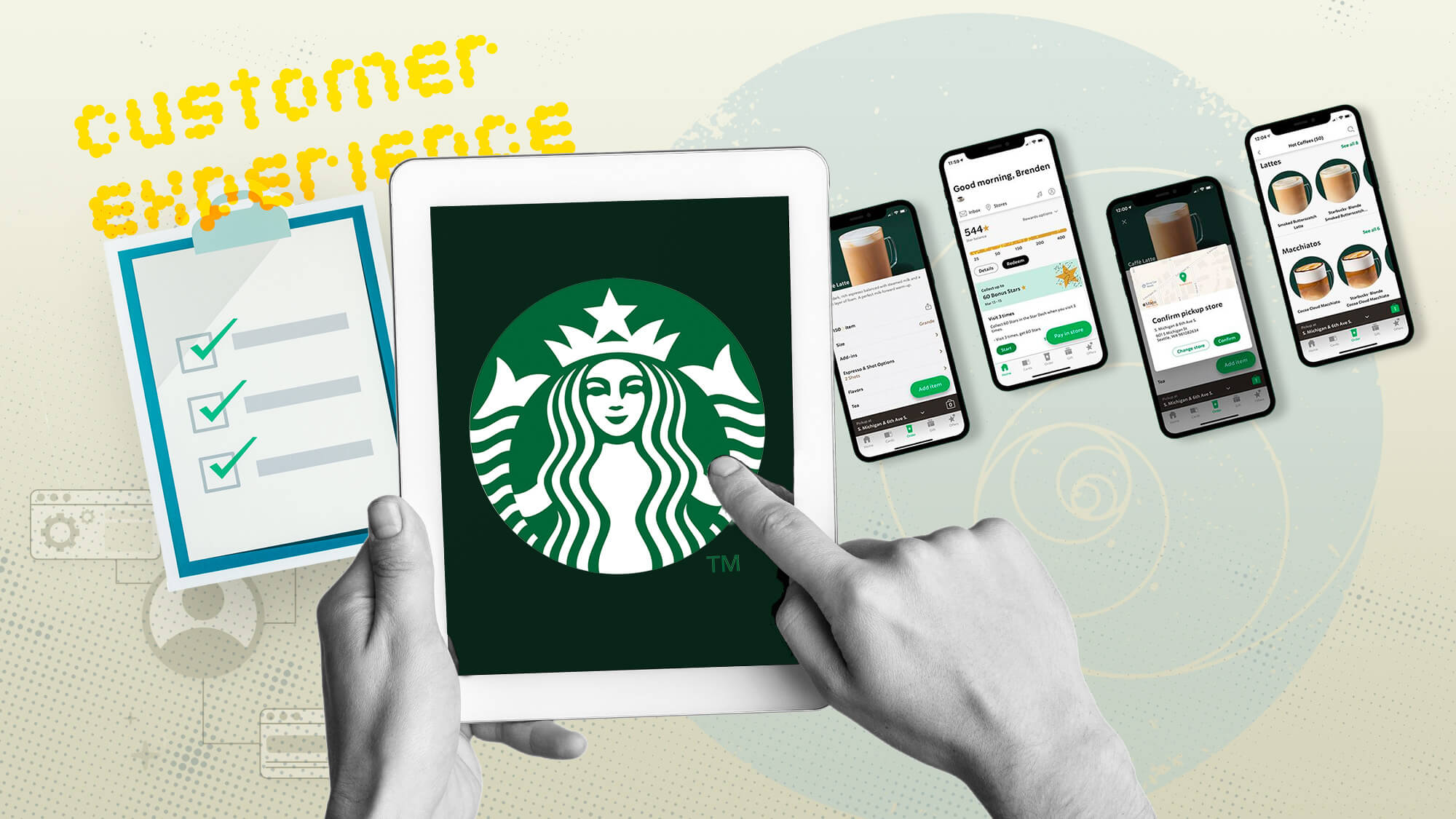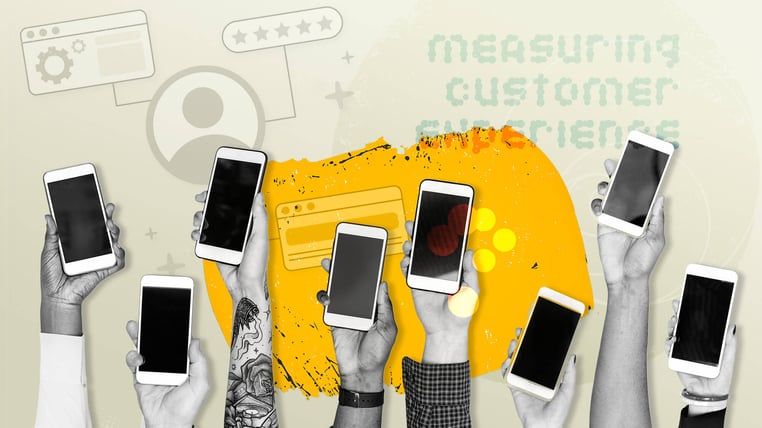Measuring Customer Experience (CX)
In today's competitive market, providing an exceptional customer experience is more important than ever. To improve your CX, gathering the right information and measuring your customers' satisfaction with your products and services is essential. In this comprehensive guide, we'll explore how to measure customer experience for online and offline businesses and provide a detailed list of tools to help you gather the necessary insights. So, let's get started!
Measuring Customer Experience (CX)
Measuring customer experience involves collecting and analyzing data to assess your customers' perceptions of their interactions with your brand. This can range from their experience browsing your website to their satisfaction with your customer support team. To effectively measure CX, it's crucial to consider both online and offline metrics.
Key things to look for when measuring CX online:
- Customer Satisfaction (CSAT) scores: Collect feedback through surveys, reviews, or chatbots to assess customers' satisfaction with your products or services.
- Website metrics: Analyze website data such as bounce rates, session durations, and conversion rates to understand user behavior and identify areas for improvement.
- Customer journey mapping: Track customer interactions across various touchpoints (email, social media, and your website) to identify pain points and optimize their experience.
[Internal Link 1: Learn how to create an effective customer journey map]
Key things to look for when measuring CX offline:
- In-person feedback: Gather feedback from customers through face-to-face interactions, in-store surveys, or comment cards to gauge their satisfaction with your service.
- Employee engagement: Assess employee satisfaction to identify areas where you can improve their work environment and, in turn, enhance customer experiences.
- Net Promoter Score (NPS): Measure how likely customers are to recommend your business to others. Higher NPS scores often correlate with better customer experiences.
[Internal Link 2: Discover how to improve your NPS and boost customer loyalty]
Section 2: Tools for Measuring CX Online and Offline
To help you gather valuable insights, we've compiled a list of customer experience measurement tools, complete with descriptions and their respective pros and cons.
|
Tool |
Description |
Pros and Cons |
|
Google Analytics |
A powerful web analytics tool that tracks website traffic and user behavior. |
Pros: Free, comprehensive data, easy to use. Cons: It can be overwhelming for beginners. |
|
Hotjar |
A user behavior analytics tool that provides heatmaps and session recordings. |
Pros: Easy to understand visual data, multiple features. Cons: Limited free version, data privacy concerns. |
|
Qualtrics |
A customer experience management platform for collecting and analyzing feedback. |
Pros: Robust survey features, customizable. Cons: Expensive, steep learning curve. |
|
Comment Cards |
Paper-based forms are used to collect in-person customer feedback. |
Pros: Low-tech, cost-effective. Cons: Limited response rates and manual data entry. |
|
Kiosks |
Standalone devices that collect customer feedback through touchscreen surveys. |
Pros: Instant feedback and increased response rates. Cons: Expensive, requires maintenance. |
|
Paper Surveys |
Printed questionnaires for collecting in-person feedback. |
Pros: Low-tech, affordable. Cons: Limited response rates and manual data entry. |
Case Study: Starbucks addresses its customers’ biggest pain point.
Starbucks, a global coffeehouse chain, consistently focuses on improving its customer experience. They regularly gather feedback through their mobile app and in-store comment cards, enabling them to make data-driven decisions. One example is the introduction of their mobile ordering and payment system, which directly responded to customer feedback regarding long wait times. By implementing this change, Starbucks improved customer satisfaction, increased loyalty, and boosted revenue.

Measuring your customer experience is an ongoing process that requires continuous monitoring, assessment, and improvement. By focusing on both online and offline aspects, you can identify areas for enhancement and make data-driven decisions to create the best customer experience possible.
Remember, providing exceptional customer experience is not a one-time effort. It involves regularly analyzing data, listening to your customers, and adapting your strategies based on their feedback.
If you need help evaluating your customer experience or setting up tools to measure it, don't hesitate to contact us at Remark. Our friendly, authoritative team is here to support you in creating a winning CX strategy that aligns with your business objectives.
Stay informed on the latest CX trends and best practices as you continue to measure and optimize your customer experience. Subscribe to our newsletter, and never miss an update that could help you take your business to the next level.

